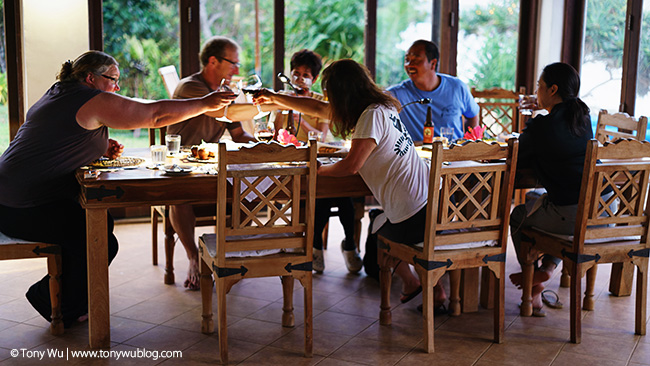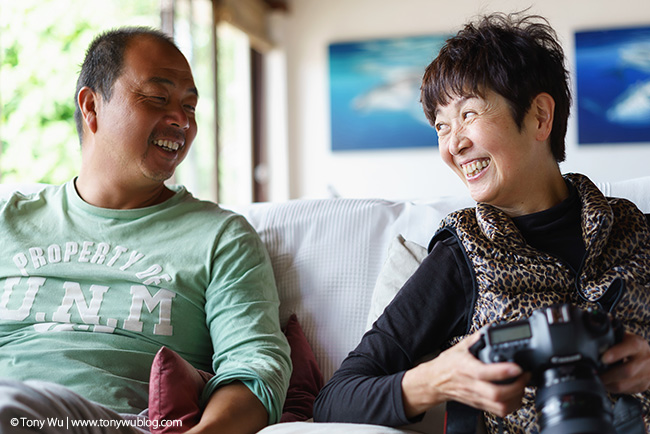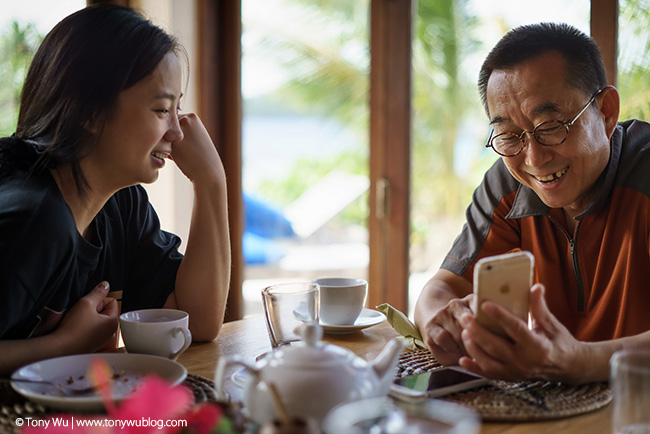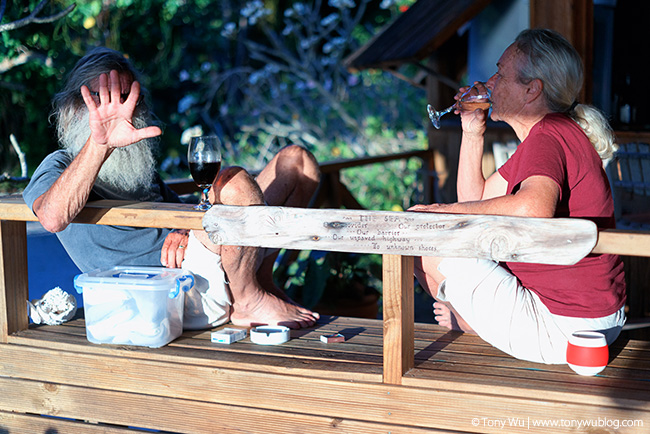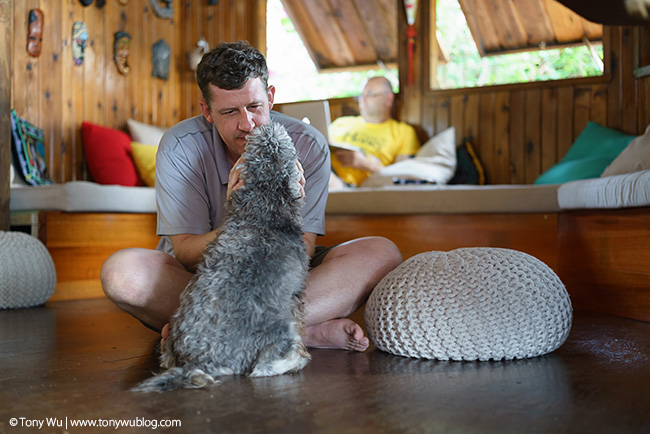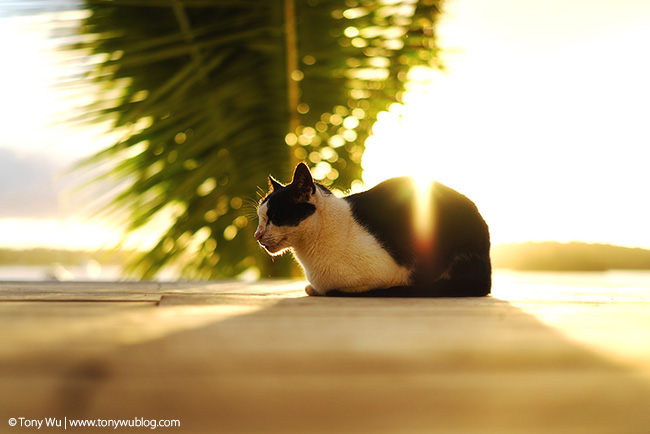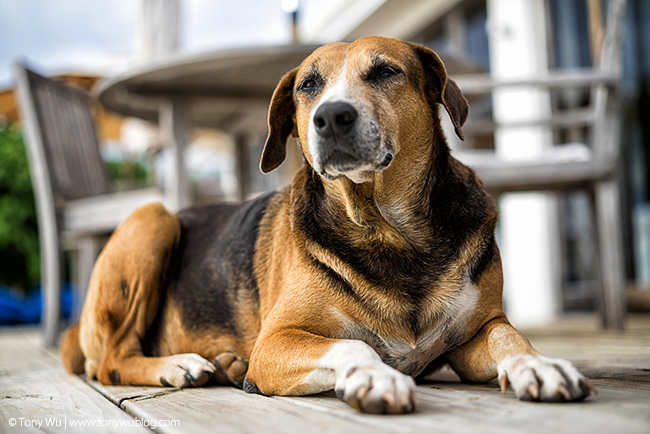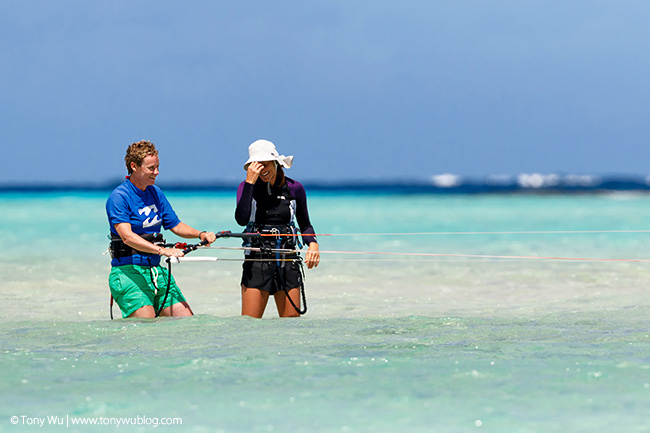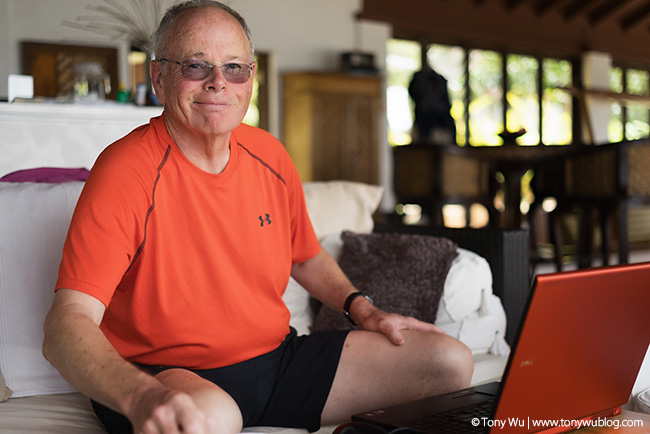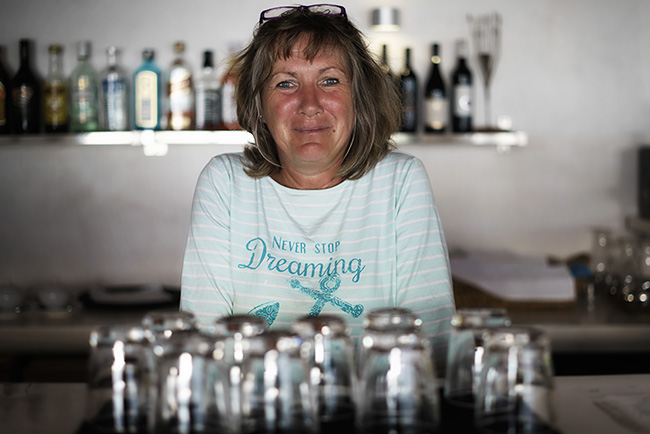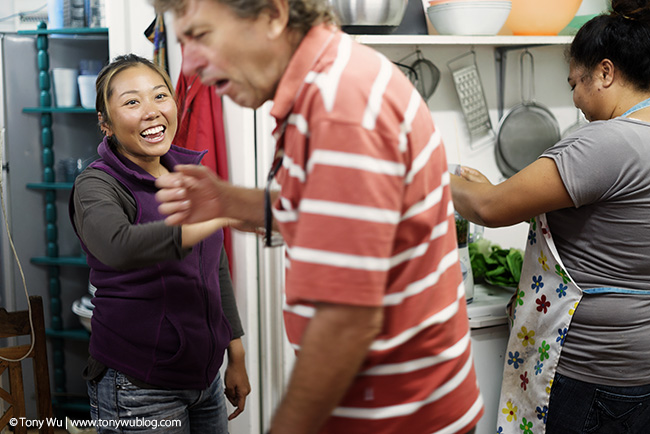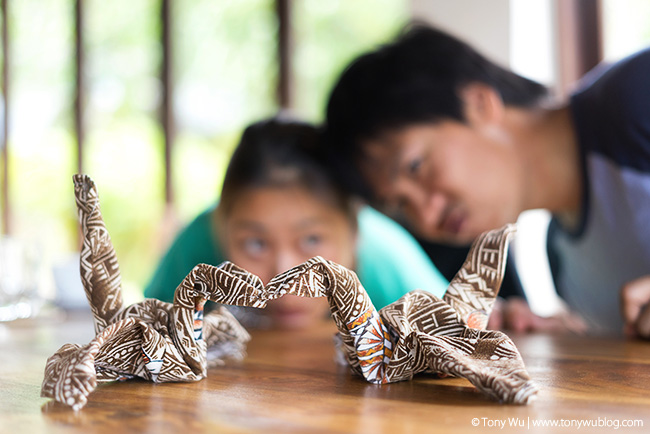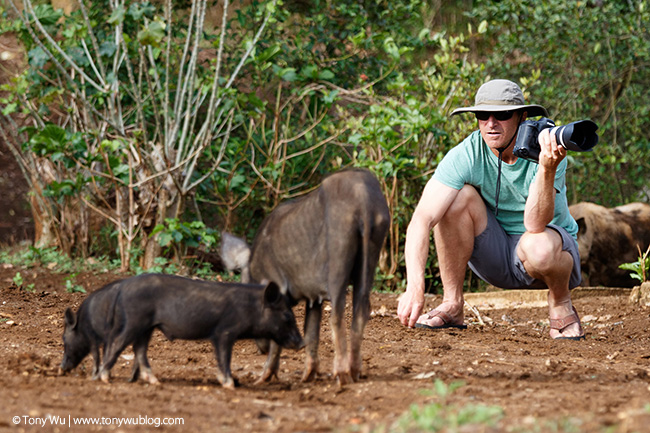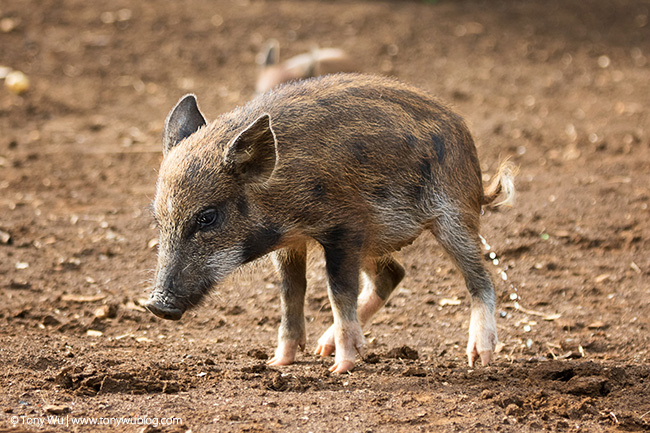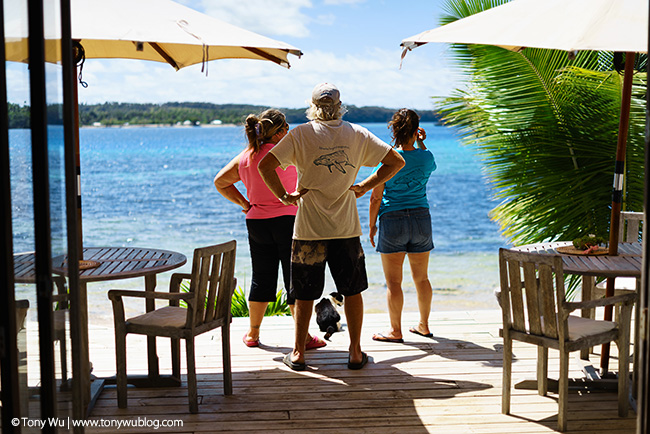It’s been some time since I’ve posted anything substantial, my last major posts being after my foray to the far north (Iceland puffins; Iceland landscapes; Svalbard).
My blog-silence was due in part to the fact that I hit the road again very soon after writing about the Arctic, but also because I just needed some time away from the Internet. Sure, I checked and responded to (important) emails and messages over the past two or three months, but as much as practical, I unplugged.
It’s been nice.
I’ve had time to relax, read, and just enjoy being in the moment. Moments like this, from my annual meeting with humpback whales in Tonga:
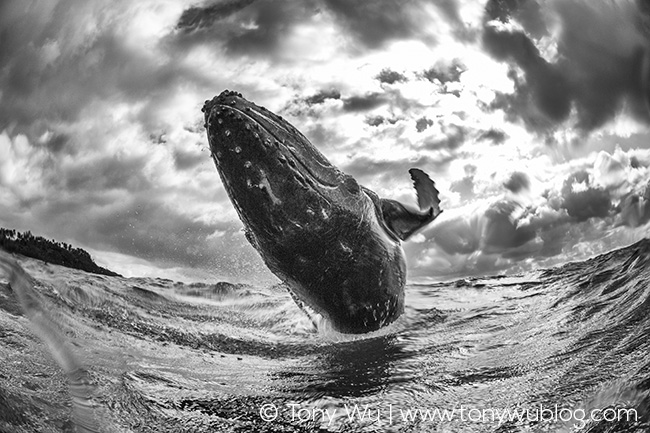
A lot has happened, way too much to write about or share in a single post.
So I’ll jump back into my cyber-ramblings with a summary of Tonga—familiar territory—and undertake to post more over the coming weeks. I have no extended travel plans until next year. It’s time for me to sit in front of a computer for a while (yuck), and also to get started on my physical training for next year (something that I actually enjoy).
I’m sure I’ll sneak in a few brief getaways, but for the most part, I’ll be a homebody.
Humpback Whale Calves
Ok, I know I said I wouldn’t count calves this season. I did. Couldn’t help myself.
What I didn’t do was record GPS data (because the map linked here amply demonstrates that humpbacks make full use of every square centimetre of available space in Vava’u), nor did I post extensive summaries online each week (which meant I was able to devote full energy to annoying friends who were with me...lucky them). But I did take photos and mark IDs, for comparison to previous seasons.
Here’s how the season looked:
My calf/ boat-day ratio for 2015 came in at 0.58 (11 calves ID-ed during 19 days on the water). For comparison, the same ratio was 1.03 in 2014; 0.59 in 2013; 0.91 in 2012; and 0.59 in 2011.
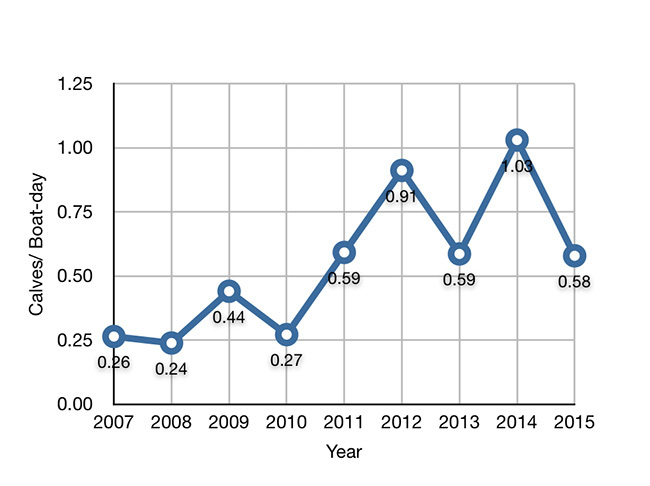
Just glancing at the above graph, the calves/ boat-day ratio appears nearly identical for 2011, 2013, and 2015.
This changes however, when I incorporate sightings of mother/ calf pairs for which I was unable to establish a definitive photo ID. My total calf sighting ratio (ID-ed calves + sighted, but unID-ed, calves per boat-day) was 1.53 in 2015, vs. 2.70 in 2014; 1.00 in 2013; 1.68 in 2012; and 1.01 in 2011.
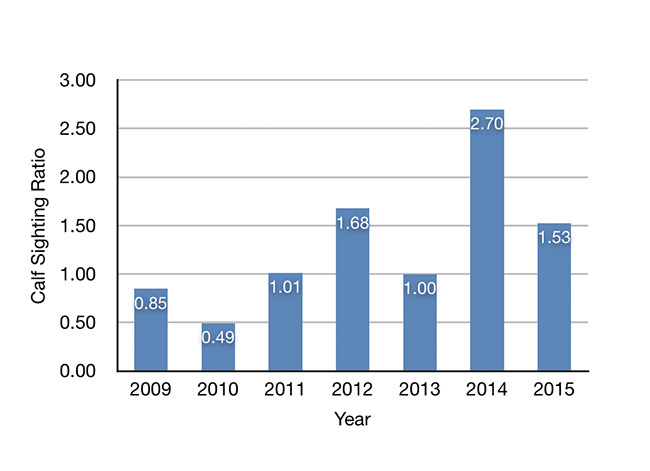
Figure 2 suggests that 2011 and 2013 were indeed similar, but that 2015 exhibited a greater density of humpback whale calves in the Vava’u area vs. those two earlier seasons.
And finally, breaking out the ID-ed vs the unID-ed calves below in Figure 3, the similarity between seasons 2011 and 2013 is again apparent, but the difference in 2015 becomes clear. There is a greater proportion of unID-ed calves vs the two earlier seasons (compare the orange areas of the bars).
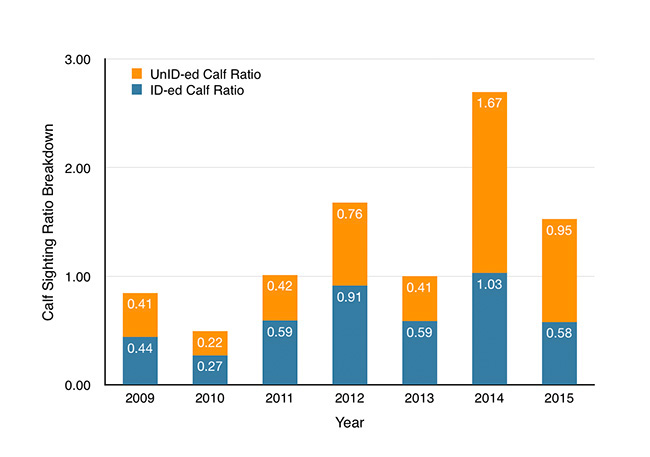
Why does this matter?
Because if you extrapolate a trend-line through the seven seasons depicted, there seems to be a generally upward slope.
For what it’s worth, my subjective observation of the number of calves and whales around Vava’u over the years agrees with what’s suggested by these graphs. Namely, that the number and density of whales that visit the area each season has been steadily growing (hurray!).
I would note that if someone were to have visited Vava’u in 2014 and used that season as a baseline, then the 2015 season would’ve seemed disappointing. Such an impression would, however, have been inaccurate, as this season is consistent with the trend-line going back to 2009. This underscores the point that long-term observation and recording of data is important. Note that I chose the word data, not personal feeling or belief or memory…the basis for far too many opinions tossed out each season.
For anyone reading this who is particularly analytically inclined, I will point out that my season this year was shorter than normal—19 boat-days, vs something around 30 to 35 usually. I was in South Africa for the first part of the season, so that cut into my time in Tonga.
A shorter sample period could certainly skew the numbers. Based on what I heard from trusted observers, I don’t think there would’ve been a big difference had I been present for my normal duration, but it’s a consideration.
Also, the weather was more challenging this year than in recent seasons…quite a few windy and rainy days. I lost two days to the weather, or almost 10% of my potential boat-days. By comparison, I lost none in 2012, 2013, 2014. On the positive side, the Vava’u area had been experiencing drought conditions for the past three seasons, so even though the occasional torrential rain kinda sucked, the area needed the water.
Strong winds and rain can limit the travel area, so prevailing conditions no doubt have an effect on the numbers I record. It would certainly be nice to be able to run a consistent grid pattern each day for the entire season, but nature won’t cooperate.
The best I can do is to keep plugging away each season with as consistent methodology as possible, and let the data that emerges tell the story that it tells, whatever that may be.
At the risk of boring you with yet-another-graph, here is one other possibly interesting observation about the baby whales this season before I move on. Out of 11 calves I ID-ed, I was able to determine the gender of 10. Seven were male; three female.
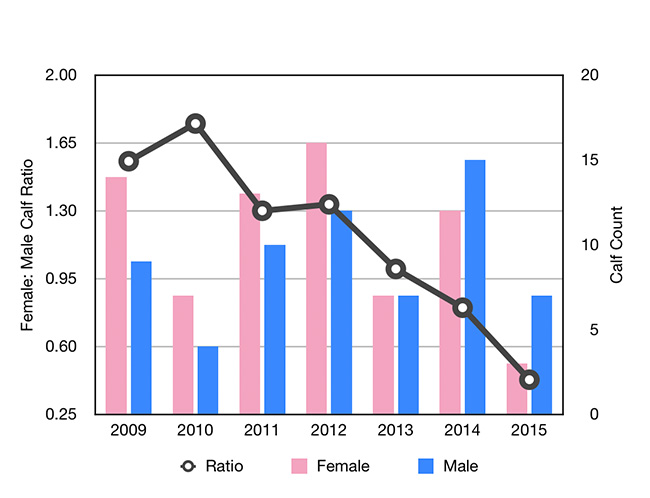
You’ll notice that the trend-line for the ratio of female-to-male babies has been decreasing since I started recording the sex of babies. For the first several years, it seemed like there were always more females than boys. In the past couple, that’s reversed.
Granted, I can’t determine the gender for every baby I encounter, but if anything, my ability to distinguish the sex of a little humpback has improved over time.
What this means, if anything, is a head-scratcher.
Hmmmmmm…….
Whales, People, 2016 Schedule
Working with so many numbers and writing takes a lot of effort. I’m pooped.
I’ll wrap up this post with a few photos from my time in Tonga this season.
A quick note before the pictures. My schedule for itineraries in 2016 is pretty much full. As of now, there’s one space available (for a female) for a stay at beautiful Mounu Island. Sometimes spots open up, so let me know if you’d like to join me to observe and learn more about the whales, either next year or in 2017.
Right. A few more humpback whale photos:
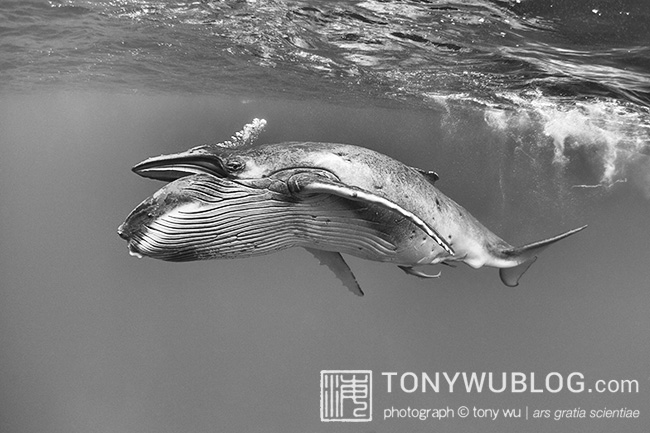
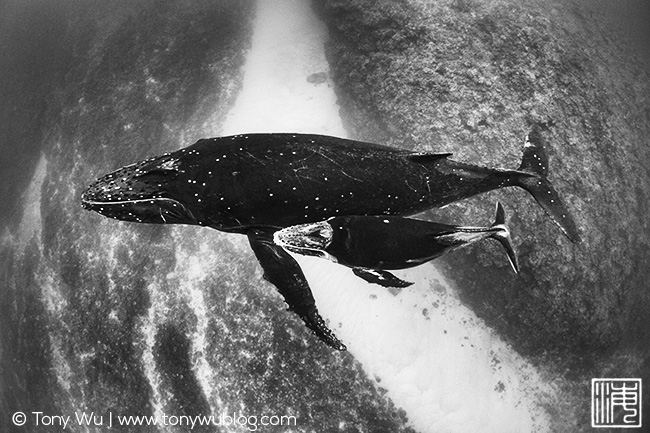
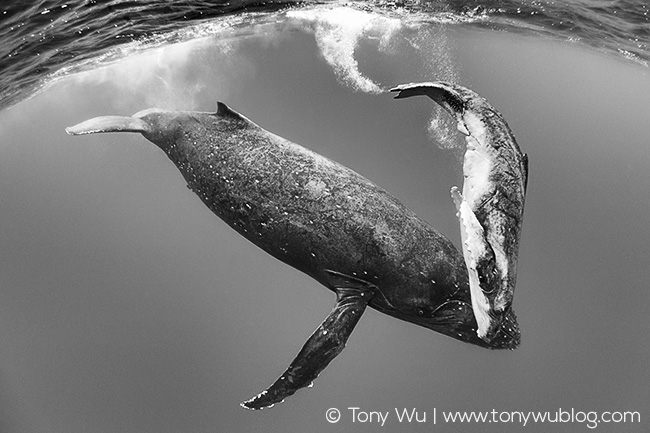
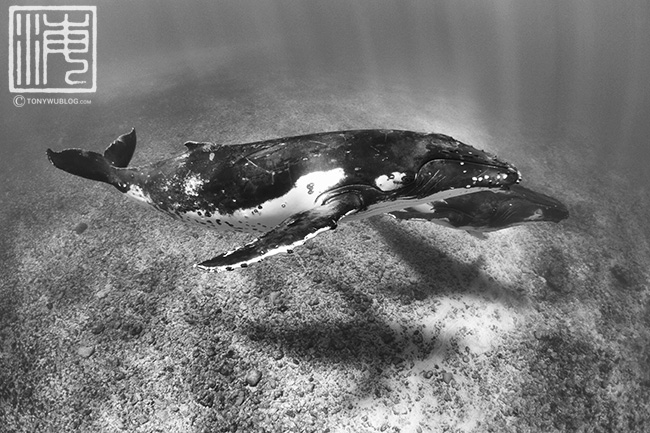
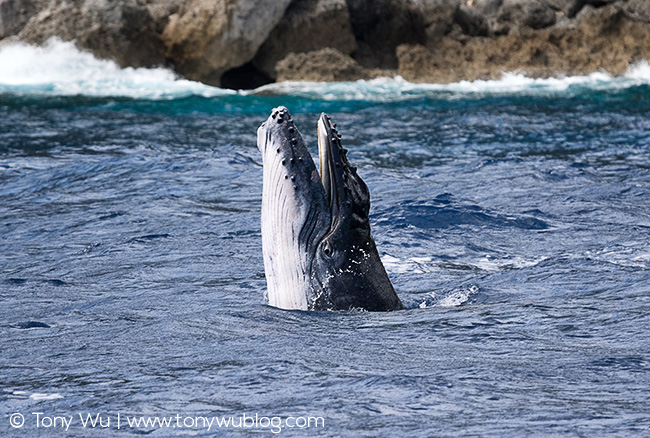
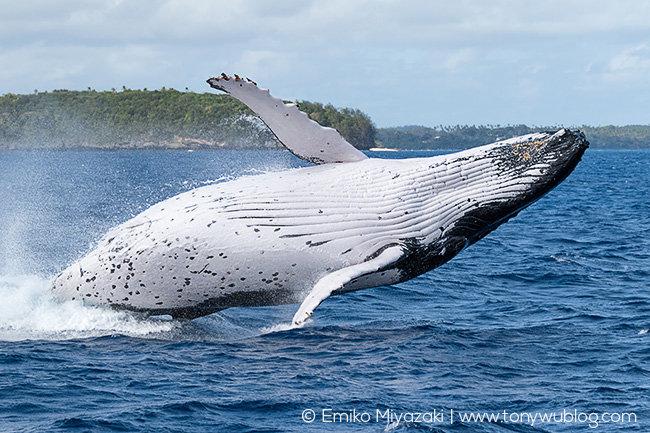
And finally, this season, rather than taking group photos, I spent time recording scenes from daily life (i.e., annoying my friends, using the ample spare time I had because I wasn’t editing photos, writing and posting to the Internet constantly).
Friends from Japan, China, Hong Kong, Thailand, USA, Canada, and Australia joined me this season…it was like a mini-UN! (except of course, that we got along, had a great time, and didn’t start any wars)
Following are some selected scenes, to give you an idea of what it was like when we weren't on the water:
